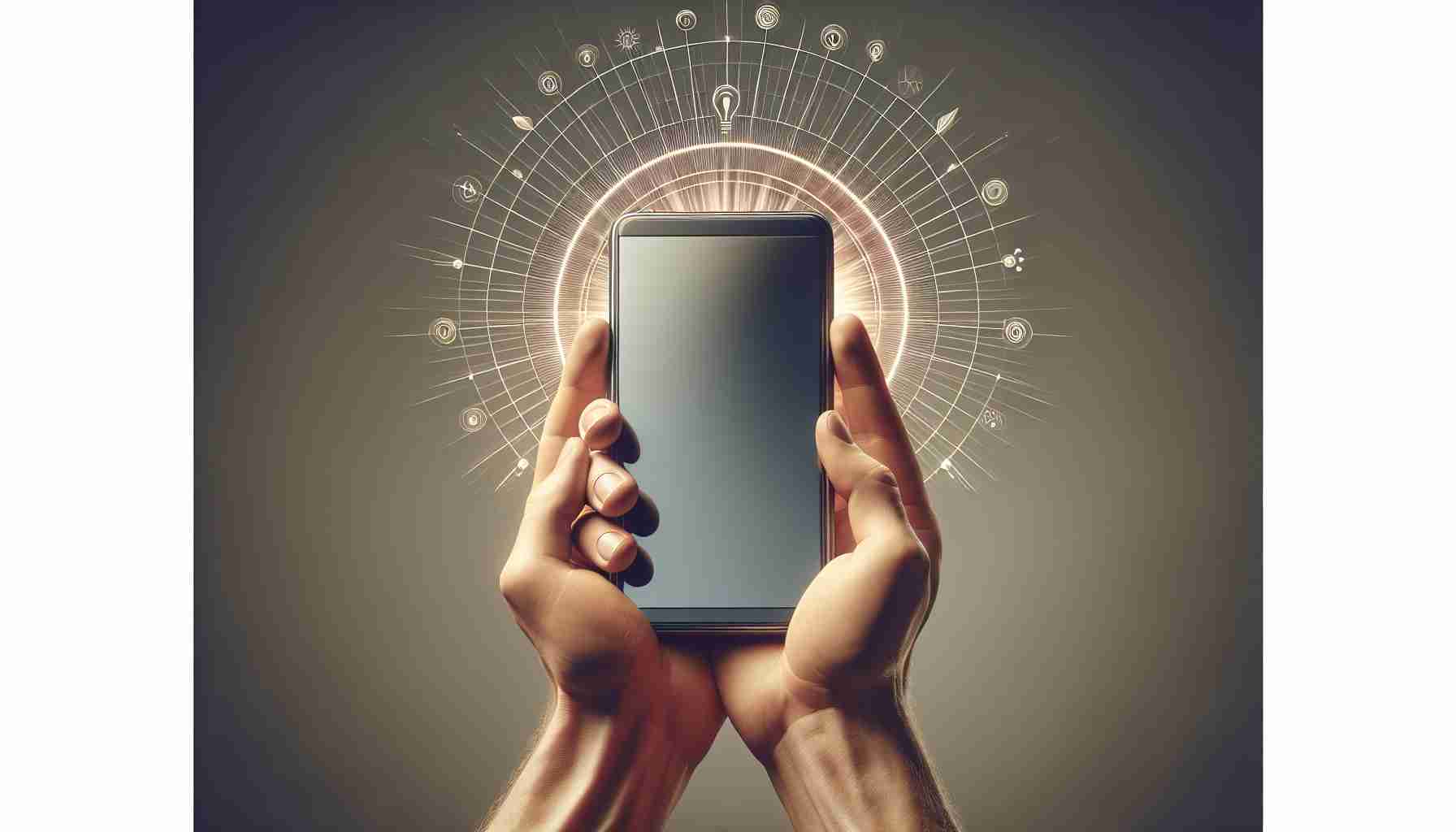In our hyper-connected world, smartphones are indispensable, but concerns about their safety persist, specifically regarding radiation. The question remains: Is phone radiation harmful?
Cell phones emit non-ionizing radiation, a type of low-energy radiation, that comes from their radiofrequency (RF) waves. This is much less dangerous than ionizing radiation, such as X-rays, which has enough energy to damage DNA. According to the U.S. Food and Drug Administration (FDA), the majority of scientific studies conducted so far have not found a direct causal link between cell phone usage and adverse health effects in humans.
The World Health Organization (WHO) classified RF radiation as “possibly carcinogenic,” meaning that there is some evidence to suggest a potential cancer risk, but the evidence is not strong enough to be conclusive. The International Agency for Research on Cancer (IARC) also found similar mixed findings, emphasizing the need for more research. Current studies aim to explore long-term exposure and its potential effects.
However, it is wise to take precautions. Health experts suggest limiting exposure by using speakerphone or earphones, keeping conversations brief, and storing your phone away from your body, especially while sleeping.
In conclusion, while current evidence does not confirm that phone radiation is harmful, ongoing research is essential to better understand long-term effects. For those who are concerned, adopting simple strategies to reduce exposure might be a prudent approach to minimize any potential risks.
Unspoken Truths About Phone Radiation: What You Need to Know
In the ongoing debate about the safety of cell phone radiation, some less discussed perspectives are emerging that could reshape how we view our daily tech interactions. While mainstream studies have yet to definitively link phone radiation to serious health risks, the social and psychological effects of increased phone usage warrant attention.
Community and Health Concerns: One intriguing aspect is the impact on local communities. Residents living near cell towers have voiced concerns over higher radiation exposure. Some communities have seen heated debates over the placement of these towers, sparking controversies due to potential, yet unproven, health hazards. Could these towers alter community dynamics and public health perceptions?
Mental Health Implications: Another angle is how phone dependency affects mental health. Constant connectivity can lead to screen addiction, affecting sleep patterns and stress levels. As phone usage becomes pervasive, are we overlooking the psychological pressures that come with ubiquitous device usage?
Navigating the Unknowns: While science has not concluded that non-ionizing radiation is harmful, it is wise to consider behavioral changes. How can society balance technological benefits with potential risks? For those skeptical of radiation effects, understanding both the advantages of connectivity and the unseen lifestyle changes it prompts is crucial.
Final Thoughts: Although the jury is still out on the harms of phone radiation, exploring its broader implications on human life and community well-being is essential. Balancing caution with the benefits of technology remains key. For more information, visit the World Health Organization or FDA websites.



















